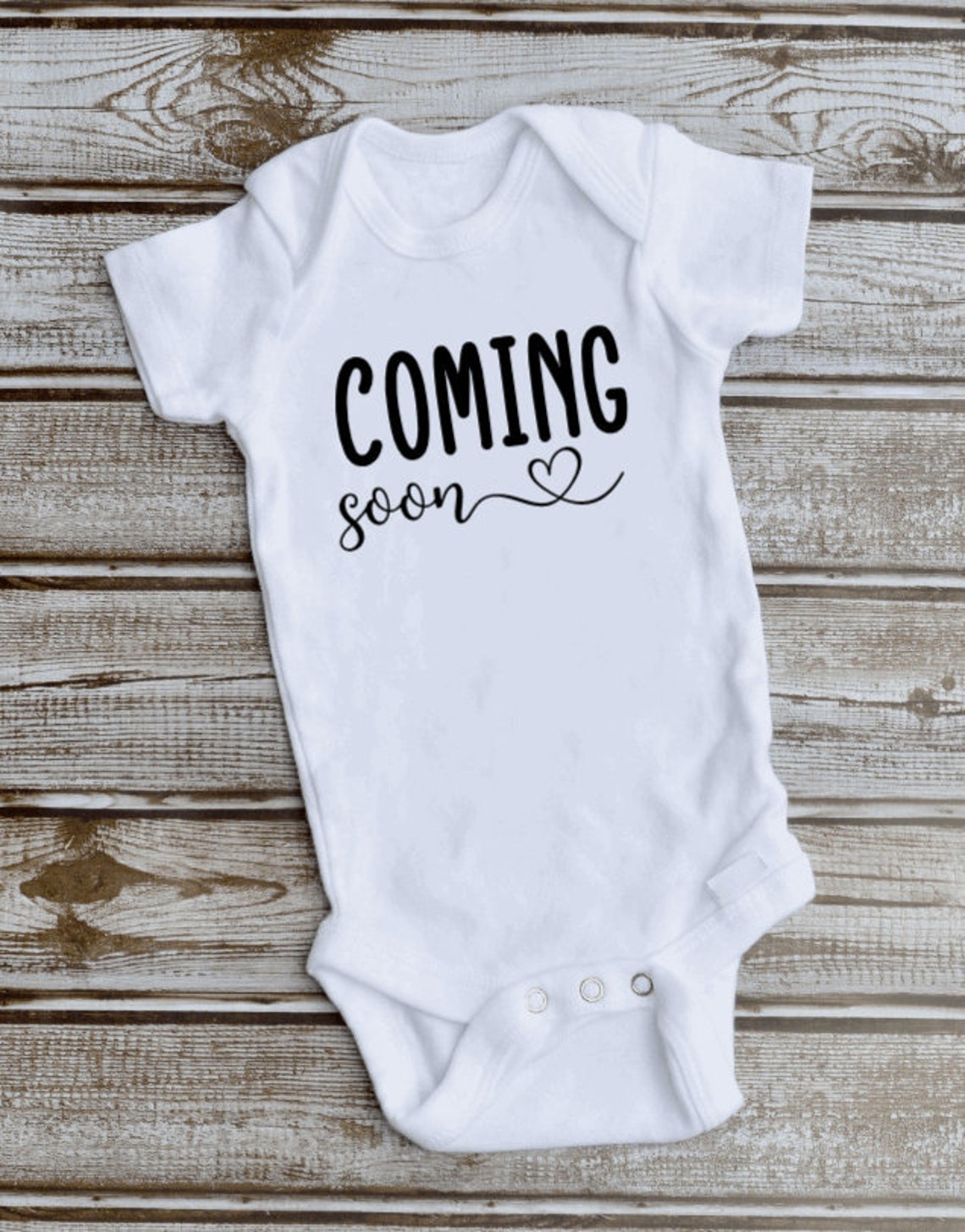

Infants are born with a sucking reflex allowing them to extract the milk from the nipples of the breasts or the nipple of the baby bottle, as well as an instinctive behavior known as rooting with which they seek out the nipple. If breastfeeding is not possible or desired, bottle feeding is done with expressed breast-milk or with infant formula. A crying infant may be trying to express a variety of feelings including hunger, discomfort, overstimulation, boredom, wanting something, or loneliness.īreastfeeding is the recommended method of feeding by all major infant health organizations. Infants cry as a form of basic instinctive communication. In either case, this is considered normal and will disappear with time.Ī crying infant in Japan in the Naki Sumo Crying Baby Festival Females (and even males) may actually discharge milk from their nipples (sometimes called witch's milk), or a bloody or milky-like substance from the vagina. This is caused by naturally occurring maternal hormones and is a temporary condition. The breasts may also be enlarged, even in male infants. The two arteries carry blood from the baby to the placenta while one vein carries blood back to the baby.Ī newborn's genitals are enlarged and reddened, with male infants having an unusually large scrotum. The umbilical cord contains three vessels: two arteries and one vein. This will later become a belly-button after it heals. The umbilical stub will dry out, shrivel, darken, and spontaneously fall off within about 3 weeks. After birth, the umbilical cord is normally cut, leaving a 1–2 inch stub. The umbilical cord of a newborn is bluish-white in color. Main article: Adaptation to extrauterine life After the first week, healthy term neonates should gain 10–20 grams/day. Over the first 5–7 days following birth, the body weight of a term neonate decreases by 3–7%, and is largely a result of the resorption and urination of the fluid that initially fills the lungs, in addition to a delay of often a few days before breastfeeding becomes effective. In developed countries, the average birth weight of a full-term newborn is approximately 3.4 kg ( 7 + 1⁄ 2 lb), and is typically in the range of 2.7–4.6 kg (6.0–10.1 lb). The way to measure a baby's length is to lay the baby down and stretch a measuring tape from the top of the head to the bottom of the heel. In developed countries, the average total body length of a newborn is 35.6–50.8 cm (14.0–20.0 in), although premature newborns may be much smaller. The scalp may also be temporarily bruised or swollen, especially in hairless newborns, and the area around the eyes may be puffy. An infant's hair color and texture can change: red can give way to blond, curly can go straight, and thick, dark hair could reappear a lot sparser and lighter. Amongst fair-skinned parents, this fine hair may be blonde, even if the parents are not.
#Baby coming soon full
Infants may be born with full heads of hair others, particularly caucasian infants, may have very fine hair or may even be bald. It may be particularly noticeable on the back, shoulders, forehead, ears and face of premature infants. Some newborns have a fine, downy body hair called lanugo. Special exercises sometimes advised by physicians may assist the process.īrown thin hair of an one-year-old infant girl It will usually return to normal on its own within a few days or weeks. ĭuring labour and birth, the infant's skull changes shape to fit through the birth canal, sometimes causing the child to be born with a misshapen or elongated head. A protein called noggin is responsible for the delay in an infant's skull fusion. Later in the child's life, these bones will fuse together in a natural process.

The two largest are the diamond-shaped anterior fontanel, located at the top front portion of the head, and the smaller triangular-shaped posterior fontanel, which lies at the back of the head. At birth, many regions of the newborn's skull have not yet been converted to bone, leaving "soft spots" known as fontanels. Normal head circumference for a full-term infant is 33–36 cm at birth. While the adult human skull is about one seventh of the total body length, the newborn's is about 1⁄ 4. Eight-month-old infant as a common feature, eyes are usually large in relation to the face.Ī newborn's head is very large in proportion to the body, and the cranium is enormous relative to his or her face.


 0 kommentar(er)
0 kommentar(er)
